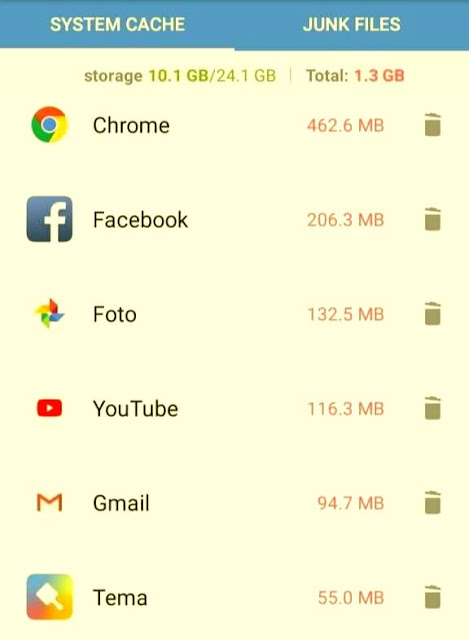How to Clear Cache Properly on Android and iPhone
 |
| Clear cache: perfect solution on Android and iPhone |
Is your phone or tablet running slowly? App crashes or closes immediately after opening? This may be a cache issue. Delete the contents to resume normal operation.
Clear cache on Android, iPhone and iPad
On a smartphone or tablet as on a computer, all installed applications depend on cache memory. Thus they save storage space of data devices which they exploit frequently or even systematically.
This could be the connection server address (for applications that need to connect to their publisher), parameters you have defined, elements you consulted during the last use, etc.
Using this cache memory speeds up the operation of applications, eliminating the need to download them again to use them.
Usually, each application knows how to manage its own cache by purging its content of elements that are no longer useful or updating it with new data.
So, in principle, you have nothing to worry about. Except when this beautiful mechanism crashes... Indeed, data held in cache becomes unreadable or incompatible with new versions of apps, after an update, leading to erratic malfunctions or even crashes of apps, sometimes even since its launch.
Also, if cleaning is not done properly, the cache size will grow, taking up unnecessary storage space and slowing down the device. Luckily, it's very easy to get around this minor inconvenience by forcibly clearing app cache, both on Android and on iOS. Here's how.
How to Clear App Cache on Android?
When an app becomes unstable or no longer launches properly, its cache must be cleared. Relatively simple operation. However, depending on the make and model of your smartphone or the version of the system it is using, the menu names and their locations may differ.
Access phone settings by swiping down from the top of the screen and tapping the gear.
Among the list of settings, look for the Applications menu.
On some phones, it may be necessary to go through the Storage menu before opening the Apps submenu.
All apps on your device are displayed. Tap on the name you have a problem with.
Depending on your phone and system, several possibilities may arise. For example, you may immediately see a Clear Cache button. In this case, press.
The menu can also display various information about the application (mobile data consumption, location, battery consumption, etc.). Scroll down until you see Storage and tap it.
The sheet mentions the app's weight in the smartphone's storage space and its distribution. Press the Clear Cache button.
Then restart the application that was previously damaged. It will take a little longer to start up which is normal as there is no cached data.
Be careful, make sure to empty the app cache only in case of a malfunction without deleting the associated data. The Clear Data button is often found next to the button for clearing cache. Its action is different because, apart from cache, it also clears all the data that you can store in the app such as identifiers, backups, history, etc. Only use this feature if the app keeps crashing after clearing cache.
How to Clear App Cache on iPhone or iPad?
Apps on iOS are also not immune to crashes. Clearing the data they store in cache can restore them in the event of a malfunction.
- Go to iOS Settings. Tap General then iPhone Storage.
- Scroll down the page to get a list of installed apps. Tap the name of the app that's having problems.
- In the new page that appears, press Offload Application. The apps will leave the iPhone's storage space but you will keep all data attached to them – it will be stored on the iPhone.
- Validate by pressing the Uninstall application option that appears at the bottom of the screen.
- All you have to do is reinstall the application. To do so, press the Reinstall app link. The app will be downloaded again from the App Store.
- Relaunch to verify that it is working properly. Otherwise, it is best to completely uninstall it (however you will lose all data attached to it). To do so, press Remove app.

Post a Comment